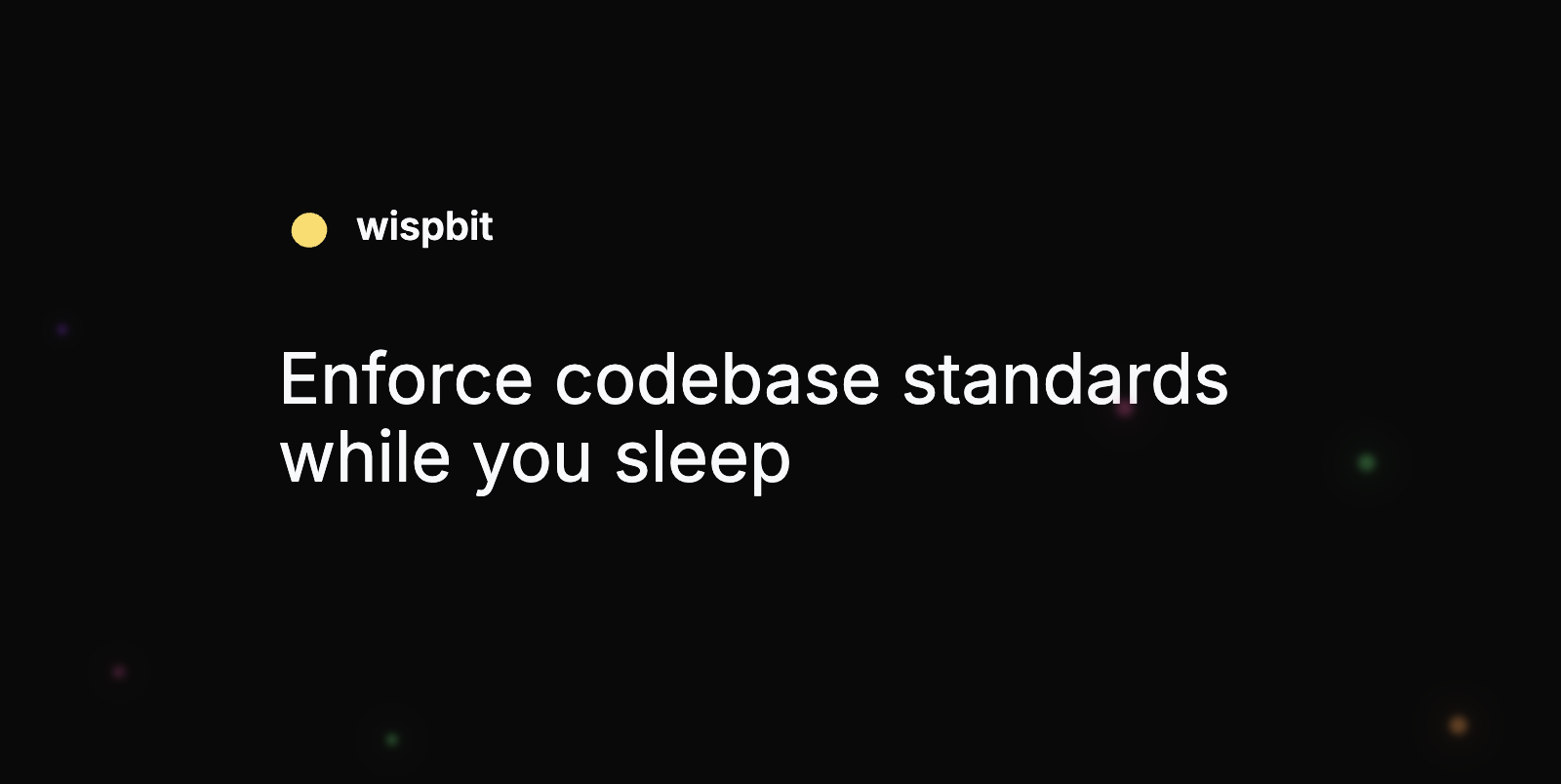DevOps Articles
Curated articles, resources, tips and trends from the DevOps World.
What To Do When Critical Open Source Projects Go End of Life
Summary: This is a summary of an article originally published by The New Stack. Read the full original article here →
When critical open-source projects reach the end-of-life (EOL), it presents significant challenges for organizations relying on them. This transition can disrupt workflows and compromise system integrity, making it essential for developers and DevOps teams to have a proactive strategy. Understanding the implications of EOL, including security vulnerabilities and lack of community support, can help teams mitigate risks.
Organizations should assess the impact of EOL on their applications and infrastructure. This might involve identifying alternative solutions or forking the project to ensure continued maintenance. Collaboration with the community can also lead to insights on sustainable forks or discovering active replacements that align with current technological standards.
Documentation and a well-thought-out migration plan are key. By thoroughly understanding the dependencies and integrating new tools, teams can transition smoothly while minimizing disruptions. Additionally, using containerization and microservices can aid in encapsulating legacy technologies and easing the shift towards newer solutions in line with modern DevOps practices.
In conclusion, addressing the EOL of critical open-source projects requires vigilance, community engagement, and strategic planning. By staying informed and adopting a proactive approach, teams can navigate these transitions while continuing to innovate and deliver value in their DevOps endeavors.
Product
Useful Links
Made with pure grit © 2025 Jetpack Labs Inc. All rights reserved. www.jetpacklabs.com





